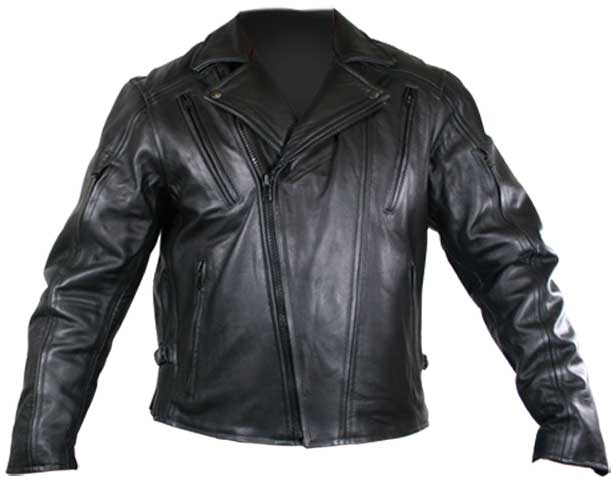The method of transforming animal skins into leather is called ‘tanning’, and there are several different ways to do it.
Leather can be tanned using tannin and other vegetable ingredients like tree bark. Vegetable tanned leather is almost always brown, the different shades being created using different mixes of chemicals, and it’s usually used for binding books.
In 1858 the process of chrome tanning was invented, using chromium sulphate and other chromium salts. The results are much suppler than vegetable tanning and the colour range is wider.

The Tanning Process
Aldehyde tanned leather is created with glutaraldehyde or oxazolidine compounds, and ends up a pale cream or white colour, often used for posh car seats and babies’ shoes. Formaldehyde tanning is slowly being phased out because of the health dangers it poses. It’s another method of so-called aldehyde tanning and absorbs water like nobody’s business! And Chamois leather is another aldehyde tanning method, which also produces a leather that absorbs a dramatic amount of water, traditionally made with oils from the Cod.
Brain tanned leather uses emulsified oils, often from animal brains. Grim. The resulting leather is famous for its exceptional softness and washability. Rose tanning combines vegetable oil tanning and brain tanning, using pure rose ‘otto’. It’s the world’s most expensive leather, mostly because of the cost of the rose otto and extremely labour-intensive process.
Synthetic tanned leather is created with aromatic polymers and comes out white. Melamine has replaced the urea formaldehyde resins originally used in this kind of process, which is reassuring! Alum ‘tawed’ leather is made with aluminium salts and proteins and delivers very light shades and colours, but the end result is nowhere near as supple as the vegetable tanned version.
Different Types of Leather
Rawhide is created by scraping the animal skin, soaking it in lime and stretching it to dry. Rawhide is stiff and brittle, ideal for drums, laces, stitching and dog treats.
Cowhide is amongst the most durable leather, used for motorcycle gear, footwear and good quality leatherwear. Water Buffalo isn’t so durable but it’s cheaper. Lambskin is usually used for jackets, trousers and other fashion wear. Sheepskin is thicker and more hard-wearing, and generally more expensive.
Whatever your choice, you’ll love the warmth and durability that leather jackets for men provide, and the sheer style and chic of leather jackets for women. Take your pick and head out into this summer’s dreadful weather properly prepared!
Guest post from Steph, a leather jackets fashionista!

